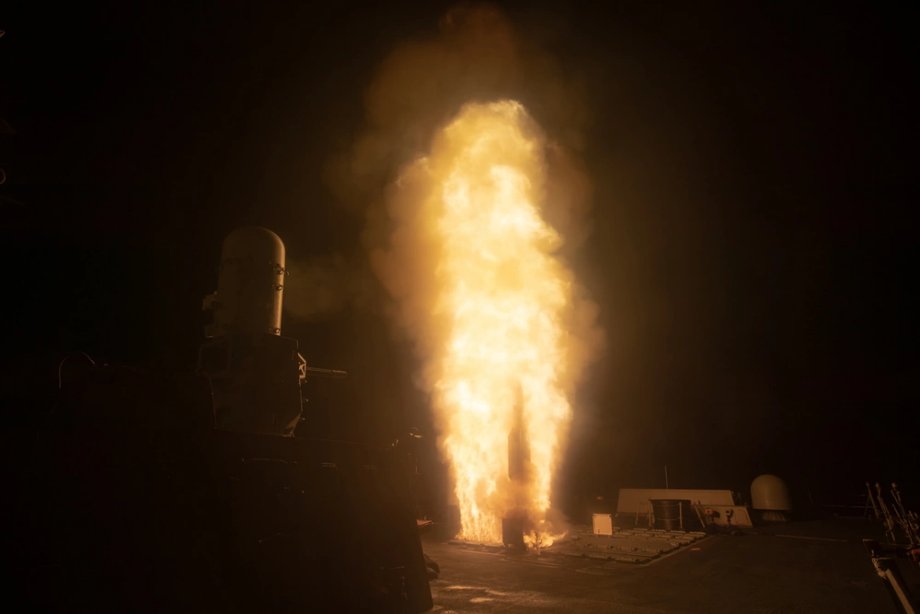Breaking news
Raytheon's SM-6 missile achieves successful intercept of ballistic missile in naval test.
According to information published by RTX on March 29, 2024, a Standard Missile-6 (SM-6) developed by Raytheon, a division of RTX Corporation (NYSE: RTX), has successfully intercepted a medium-range ballistic missile target.
Follow Navy Recognition on Google News at this link
 The USS Preble (DDG 88) launches a Standard Missile-6 (SM-6) Dual II from its position in Kauai, Hawaii. (Picture source: Dvids)
The USS Preble (DDG 88) launches a Standard Missile-6 (SM-6) Dual II from its position in Kauai, Hawaii. (Picture source: Dvids)
The historic test took place at sea, with the missile being launched from the USS Preble (DDG 88) and intercepting the target in the final moments of its flight. The test, referred to as Flight Test Aegis Weapon System (FTM)-32, marked a significant verification of the SM-6's enhanced capabilities.
These advancements were demonstrated when launched from a ship equipped with the Baseline 9.C2 variant of the Aegis Combat System, a state-of-the-art naval defense system. This test represents the seventh instance of the SM-6 being used against ballistic missile targets and the fourth utilizing the Dual II (Block IA) configuration.
SM-6
The Standard Missile-6 (SM-6) or RIM-174, developed by Raytheon for the U.S. Navy, serves multiple functions, including anti-air warfare (AAW), anti-surface warfare (ASuW), and ballistic missile defense (BMD). This missile can engage a variety of targets including aircraft, ships, and ballistic missiles in their terminal phase.
Raytheon began development of the SM-6 after a previous missile project was canceled, with the missile entering into production following a series of tests starting in 2005. The first production missile was delivered in 2011, and the missile achieved Initial Operating Capability (IOC) aboard the USS Kidd in 2013.
The missile is compatible with the MK 41 vertical launch system (VLS) and features a 64kg blast fragmentation warhead. It employs advanced propulsion and guidance systems, allowing for engagements at extended ranges up to 200 nautical miles. The propulsion includes a first stage booster and a second stage dual thrust rocket motor, designed to intercept a wide range of threats.
There are several variants of the SM-6 to address different operational needs. The Block I variant focuses on anti-air capabilities, while the Block IA addresses earlier technical issues. The SM-6 Dual I variant is capable of intercepting both cruise and ballistic missiles. Upgrades such as the Block IB variant aim to improve its range and speed, making it suitable for hypersonic and extended-range missions.























